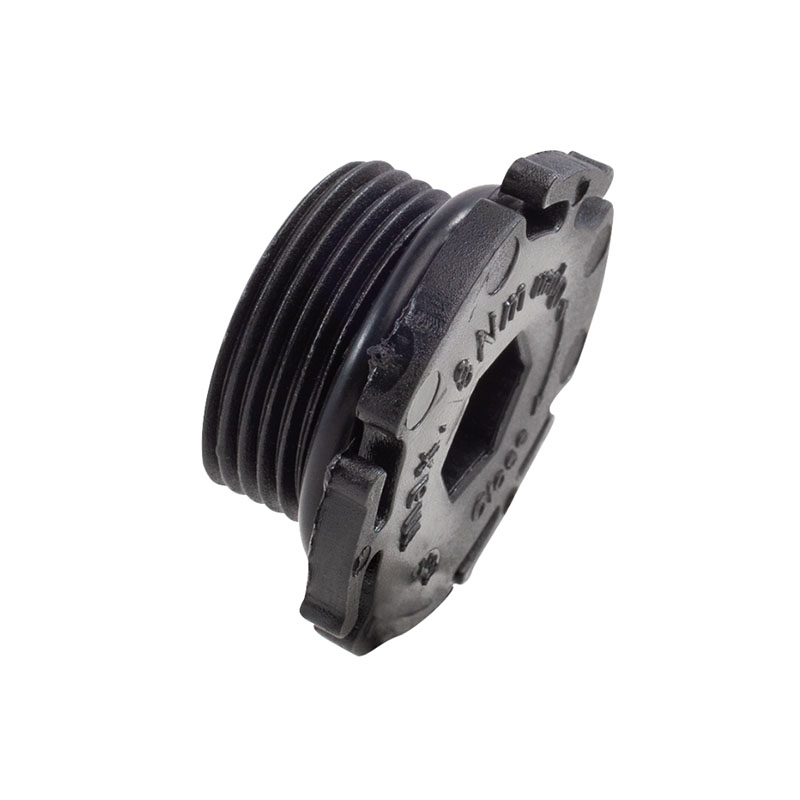manual transmission output shaft seal
Understanding Manual Transmission Output Shaft Seal
The output shaft seal in a manual transmission is a crucial component that plays a vital role in the overall function of the vehicle’s drivetrain. Positioned at the rear of the transmission, the output shaft seal is responsible for preventing transmission fluid from leaking out while also ensuring that dirt and debris do not enter the transmission case. This article aims to provide an overview of the output shaft seal, its significance, signs of failure, and the importance of proper maintenance.
Function of the Output Shaft Seal
The output shaft connects the transmission to the driveshaft or differential, transferring power from the engine to the wheels. The output shaft seal encases this shaft and acts as a barrier to keep transmission fluid contained within. The fluid is essential for lubrication and cooling, as it helps maintain optimal operating temperatures and reduces wear on internal components. Without a functional seal, the transmission can lose fluid, leading to inadequate lubrication and potential severe mechanical failures.
Signs of a Failing Output Shaft Seal
Recognizing the signs of a failing output shaft seal is vital for vehicle maintenance. Common indicators include visible fluid leaks under the vehicle, often observed as reddish or brownish stains on the ground. Additionally, drivers may notice strange noises coming from the transmission, such as grinding or whining sounds, which can signify low fluid levels or internal damage. If the vehicle experiences slipping during gear changes or a decrease in overall performance, it’s advisable to inspect the output shaft seal.
manual transmission output shaft seal

Importance of Replacement
When a manual transmission output shaft seal fails, it is not only a nuisance but can also lead to more severe issues. Fluid loss can result in overheating, which may damage gears, bearings, and other vital components. Regular inspections and timely replacement of the seal can prevent costly repairs and prolong the life of the transmission. If a mechanic identifies a leaking seal, it is crucial to replace it as soon as possible to avoid further damage.
Maintenance Tips
To ensure the longevity of the output shaft seal, regular maintenance of the transmission system is recommended. Checking the transmission fluid level periodically and looking for signs of leakage can help catch problems early. If a driver frequently tows heavy loads or drives in harsh conditions, more frequent inspections may be necessary.
In summary, the manual transmission output shaft seal is an essential component that should not be overlooked. Its primary functions include preventing fluid leaks and protecting the transmission from external contaminants. By understanding the signs of failure and adhering to maintenance guidelines, vehicle owners can ensure the efficient performance of their manual transmissions and avoid expensive repairs down the road. Regular attention to this small yet significant part can lead to a more reliable and smoother driving experience.
-
Understanding Automotive Oil Seals: Essential Components for Engine and Shaft Protection
News Jul.30,2025
-
The Importance of Heavy Duty Seals in Industrial and Residential Applications
News Jul.30,2025
-
Exploring Industrial Oil Seals: From Felt Oil Seals to TTO and CFW Solutions
News Jul.30,2025
-
Essential Guide to Oil Seals: From Radial to Metal-Cased Seals for Industrial Reliability
News Jul.30,2025
-
Choosing the Right Oil Seals and Gaskets for Industrial and Automotive Applications
News Jul.30,2025
-
Cassette Seals: Durable Sealing Solutions for Harsh Environments
News Jul.30,2025
-
Understanding the Front Main Engine Seal: Purpose, Maintenance, and Installation
News Jul.29,2025
Products categories















